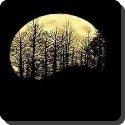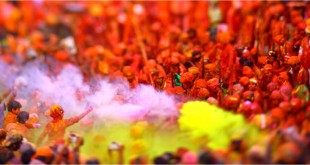 Moon trees are trees grown from hundreds of seeds taken into orbit around the moon by Stuart Roosa during the Apollo 14 mission in 1971. As the Command Module Pilot on the Apollo 14 mission, and because he was a former smoke jumper, Roosa was contacted by Ed Cliff, who was the Chief of the Forest Service at the time, and who proposed the idea of taking the seeds along. Seeds for the experiment were chosen from five different types of trees: Loblolly Pine, Sycamore, Sweetgum, Redwood, and Douglas Fir.
Moon trees are trees grown from hundreds of seeds taken into orbit around the moon by Stuart Roosa during the Apollo 14 mission in 1971. As the Command Module Pilot on the Apollo 14 mission, and because he was a former smoke jumper, Roosa was contacted by Ed Cliff, who was the Chief of the Forest Service at the time, and who proposed the idea of taking the seeds along. Seeds for the experiment were chosen from five different types of trees: Loblolly Pine, Sycamore, Sweetgum, Redwood, and Douglas Fir.
After the flight the seeds were sent to the southern Forest Service station in Gulfport, Mississippi, and to the western station in Placerville, California, with the intent to germinate them. Nearly all the seeds germinated successfully, and the Forest Service had some 420 to 450 seedlings after a few years. Some of these were planted alongside their earth-bound counterparts, which were specifically set aside as controls. After over twenty years there is no discernible difference between the two classes of trees. Most of the “Moon trees” were given away in 1975 and 1976 to many state forestry organizations, in order to be planted as part of the nation’s bicentennial celebration. Since the trees were all of southern and western species, not all states received trees. A Loblolly Pine was planted at the White House, and trees were planted in Brazil, Switzerland, and presented to the Emperor of Japan, among others.
 Kids Portal For Parents India Kids Network
Kids Portal For Parents India Kids Network






